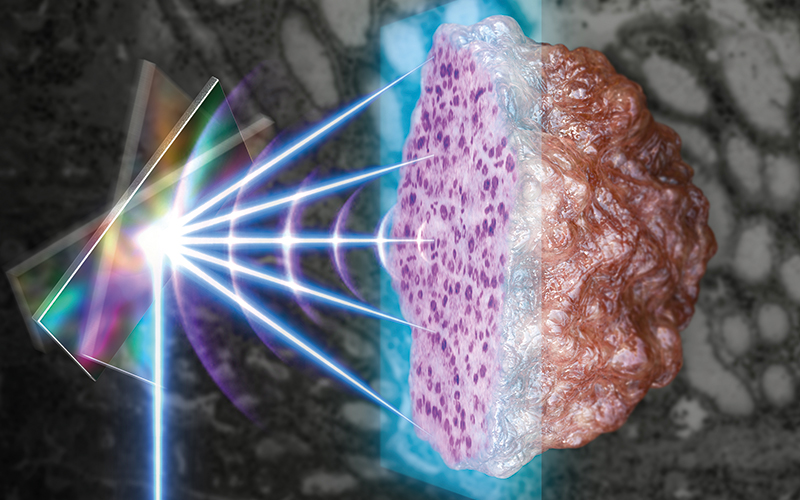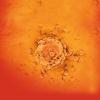A research team has developed a machine learning-based label-free histopathology device that can perform histopathology in real time.

It avoids freezing, sectioning, or staining by using the ultraviolet (UV) photoacoustic imaging technology (UV-MEMS PAM) that converges ultra-high-speed MEMS scanner technology.
The researchers proposed a high-speed reflection-mode UV photoacoustic microscopy system using the 1-axis MEMS scanner as a novel label-free intraoperative histopathology method.
They succeeded in visualising label-free cell nuclei of mouse and human tissues using this approach.
In addition, by imaging clinical specimens resected from actual cancer patients and numerically quantifying the histopathological results, the research team successfully demonstrated that the proposed UV-PAM system has great potential as an alternative intraoperative histopathology method.
The device enables 3D imaging without an independent contrast agent and can achieve structural and functional imaging of small cells.




